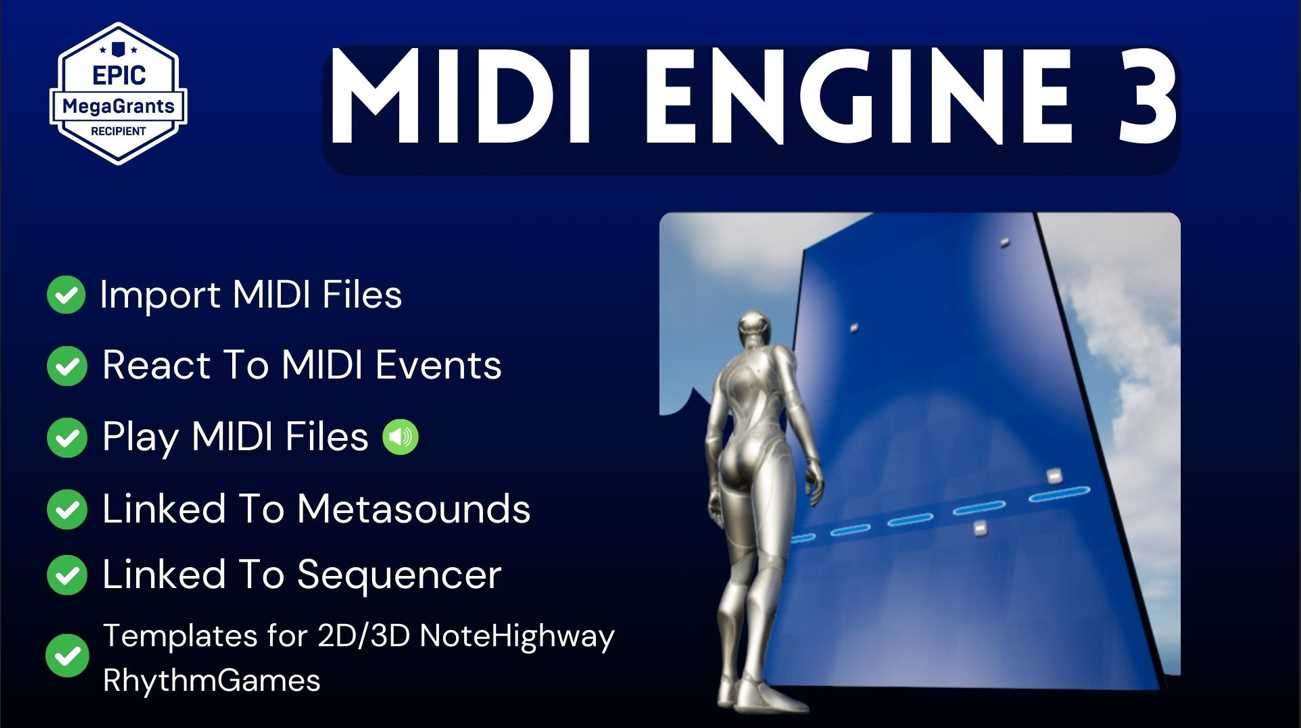This guide delves into Widget Components in Unreal Engine, crucial for integrating UI elements within the 3D game world. Usually Widgets are added to the 2D screen using “Add To Viewport” but Widget Components are different because they add the widgets to the actual 3D Environment.
What is a Widget Component?
A Widget Component in Unreal Engine bridges UI widgets with 3D space, allowing you to display 2D UI elements within the 3D game environment with 3D transformations: Location, Rotation , Scale.
When to Use Widget Components
- In-Game UI: For displaying health bars, scores, or interactive menus attached to still/moving game objects.
- Information Display: Ideal for showing details over characters or objects, like names or stats.
- Interactive Elements: Useful for creating in-world interactive UIs, like control panels or information screens.
Take a look at this video that shows a practical example and use case of using Widgets in a Rhythm Game’s 3D Environment.
Implementing Widget Components
- Create The Widget
- First you want to create the widget blueprint you’d like to add to the 3D Environment.
- Create the UI layout in the UMG Editor (Unreal Motion Graphics).
- Design buttons, text, images, etc., for your in-game display.
Adding a Widget Component:
- In the actor’s Blueprint, add a Widget Component from the Components panel.
- In the actor’s Blueprint, add a Widget Component from the Components panel.
Configuring the Widget:
- Set the ‘Widget Class’ in the Details panel to your desired User Interface (UI) widget.
- Customize size, position, and visibility as needed.
Setting Widget Properties:
- Adjust properties like draw size, pivot, refresh rate and render mode to suit your game’s needs.
- Adjust properties like draw size, pivot, refresh rate and render mode to suit your game’s needs.
Interaction with Widget:
- Implement interaction logic in the actor’s Blueprint, allowing players to interact with the widget in the game world.
Best Practices
- Performance Consideration: Manage widget complexity to optimize performance. Take a look at tick frequency.
- Visibility Control: Use visibility settings to ensure widgets are displayed only when necessary.
- Responsive Design: Ensure UI elements are clearly visible and interactable across different screen sizes and resolutions.
Conclusion
Widget Components in Unreal Engine are a versatile tool for integrating 2D UI elements seamlessly into the 3D game world. Their proper use can significantly enhance player interaction and immersion in your game. Experimentation and careful design are key to effectively utilizing these components. Checkout our Unreal engine Plugins below.

